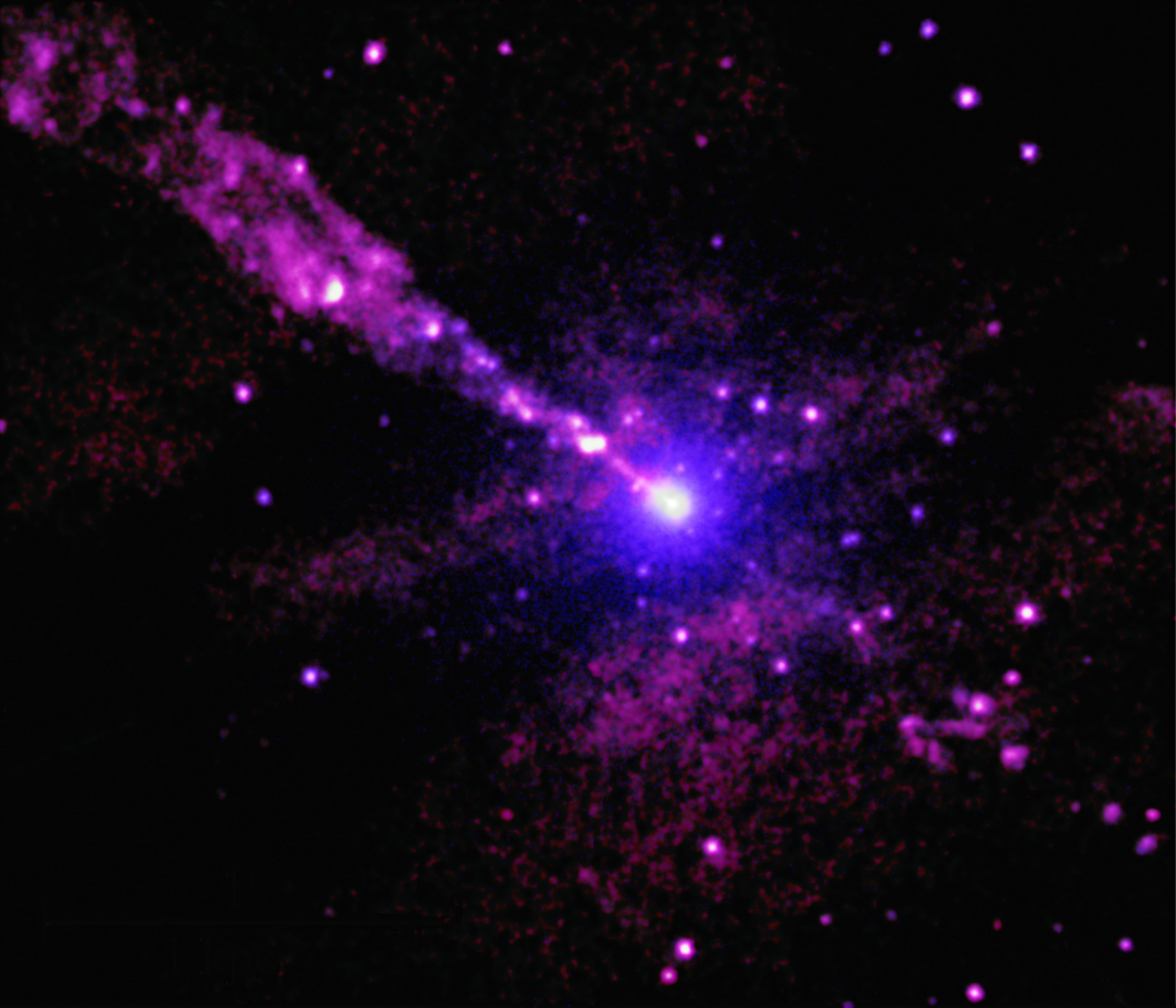NGC 1068 is a well-known, relatively nearby, bright galaxy with a supermassive black hole at its center. Despite its status as a popular target for astronomers, however, its accretion disk is obscured by thick clouds of dust and gas. A few light-years in diameter, the outer accretion disk is dotted by hundreds of distinct water maser sources that hinted for decades at deeper structures. Masers are distinct beacons of electromagnetic radiation that shine in microwave or radio wavelengths; in radio astronomy, water masers observed at a frequency of 22 GHz are particularly useful because they can shine through much of the dust and gas that obscures optical wavelengths.
Led by astronomer Jack Gallimore of Bucknell University, an international team of astronomers and students set out to observe NGC 1068 with twin goals in mind: astrometric mapping of the galaxy’s radio continuum and measurements of polarization for its water masers. “NGC 1068 is a bit of a VIP among active galaxies,”
















